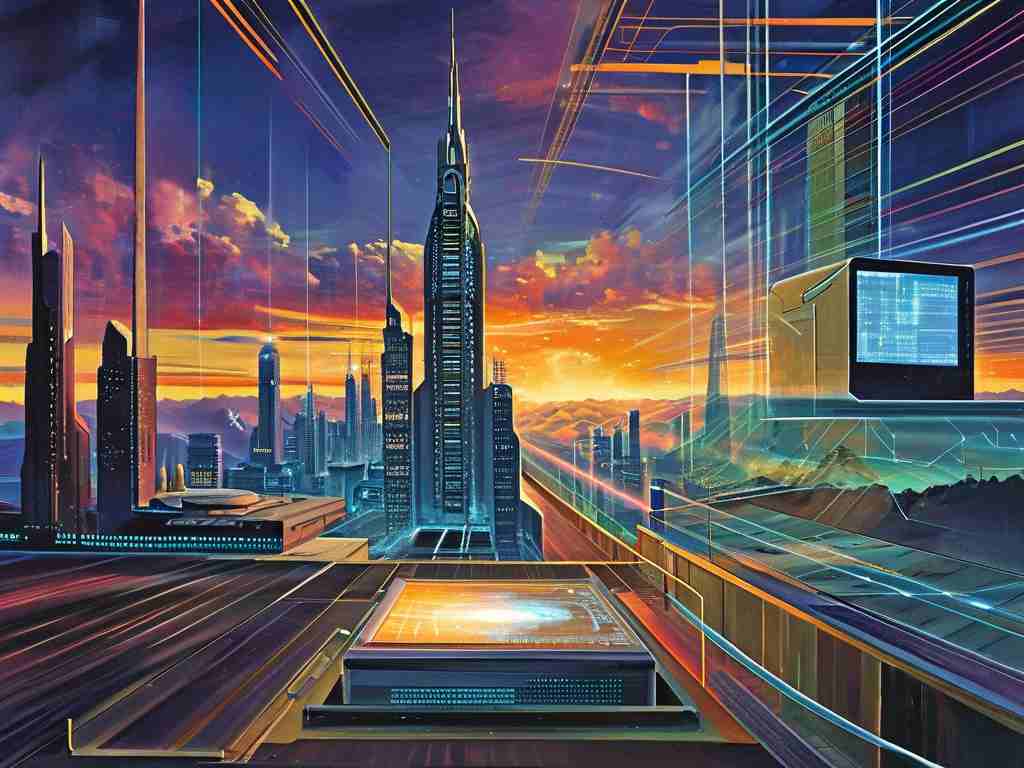The intersection of quantum theory and modern information technology represents one of the most transformative scientific frontiers of the 21st century. While classical computing and communication systems have driven technological progress for decades, the limitations of these systems are becoming increasingly apparent. Quantum theory, with its principles of superposition, entanglement, and uncertainty, offers groundbreaking solutions to challenges in data processing, encryption, and network scalability. This article explores how quantum mechanics is reshaping information technology and what this synergy means for the future.

Foundations of Quantum Theory in IT
At its core, quantum theory challenges traditional binary logic by introducing the concept of qubits. Unlike classical bits, which exist as either 0 or 1, qubits can exist in multiple states simultaneously due to superposition. This property enables quantum computers to process vast amounts of data in parallel, solving complex problems—such as optimizing supply chains or simulating molecular structures—that are intractable for classical systems. Companies like IBM and Google have already demonstrated quantum supremacy in specific tasks, highlighting the potential for industry disruption.
Another critical principle is quantum entanglement, where particles become correlated regardless of distance. This phenomenon underpins quantum communication protocols, enabling ultra-secure data transmission. For instance, quantum key distribution (QKD) uses entangled photons to create encryption keys that are theoretically immune to interception. China’s Micius satellite, launched in 2016, successfully demonstrated this technology by establishing a hack-proof communication channel between Beijing and Vienna.
Revolutionizing Data Security
Cybersecurity is a pressing concern in the digital age, with traditional encryption methods vulnerable to brute-force attacks by quantum computers themselves. Post-quantum cryptography, a field dedicated to developing algorithms resistant to quantum decryption, has gained urgency. The National Institute of Standards and Technology (NIST) is currently evaluating new standards, with lattice-based cryptography emerging as a leading candidate. Meanwhile, quantum-resistant blockchains are being explored to safeguard financial systems and IoT networks.
Quantum Networking and the Internet
The concept of a “quantum internet” envisions a global network leveraging entangled particles for instantaneous communication. While still in experimental stages, researchers have made strides in quantum repeaters, which extend the range of entanglement by correcting signal loss. A 2023 study by Delft University achieved entanglement over 1,200 kilometers using satellite-based nodes, paving the way for intercontinental quantum networks. Such infrastructure could revolutionize fields like real-time financial trading and telemedicine.
Challenges and Ethical Considerations
Despite its promise, quantum technology faces significant hurdles. Qubits are notoriously fragile, requiring near-absolute-zero temperatures to maintain coherence. Error rates in quantum calculations also remain high, necessitating advanced error-correction techniques. Moreover, the ethical implications of quantum computing—such as breaking existing encryption—demand proactive policy frameworks. Governments and organizations must balance innovation with safeguards to prevent misuse.
The Road Ahead
The fusion of quantum theory and IT is still in its infancy, but the trajectory is clear. Hybrid systems combining classical and quantum components are likely to dominate the next decade, offering incremental advancements in AI training, drug discovery, and climate modeling. As research accelerates, collaboration between academia, industry, and policymakers will be essential to harness this power responsibly.
In , quantum theory is not merely an abstract branch of physics but a cornerstone of tomorrow’s technological landscape. By transcending classical limitations, it unlocks unprecedented possibilities for secure, efficient, and intelligent systems—ushering in an era where the boundaries of information technology are redefined by the laws of the quantum world.

